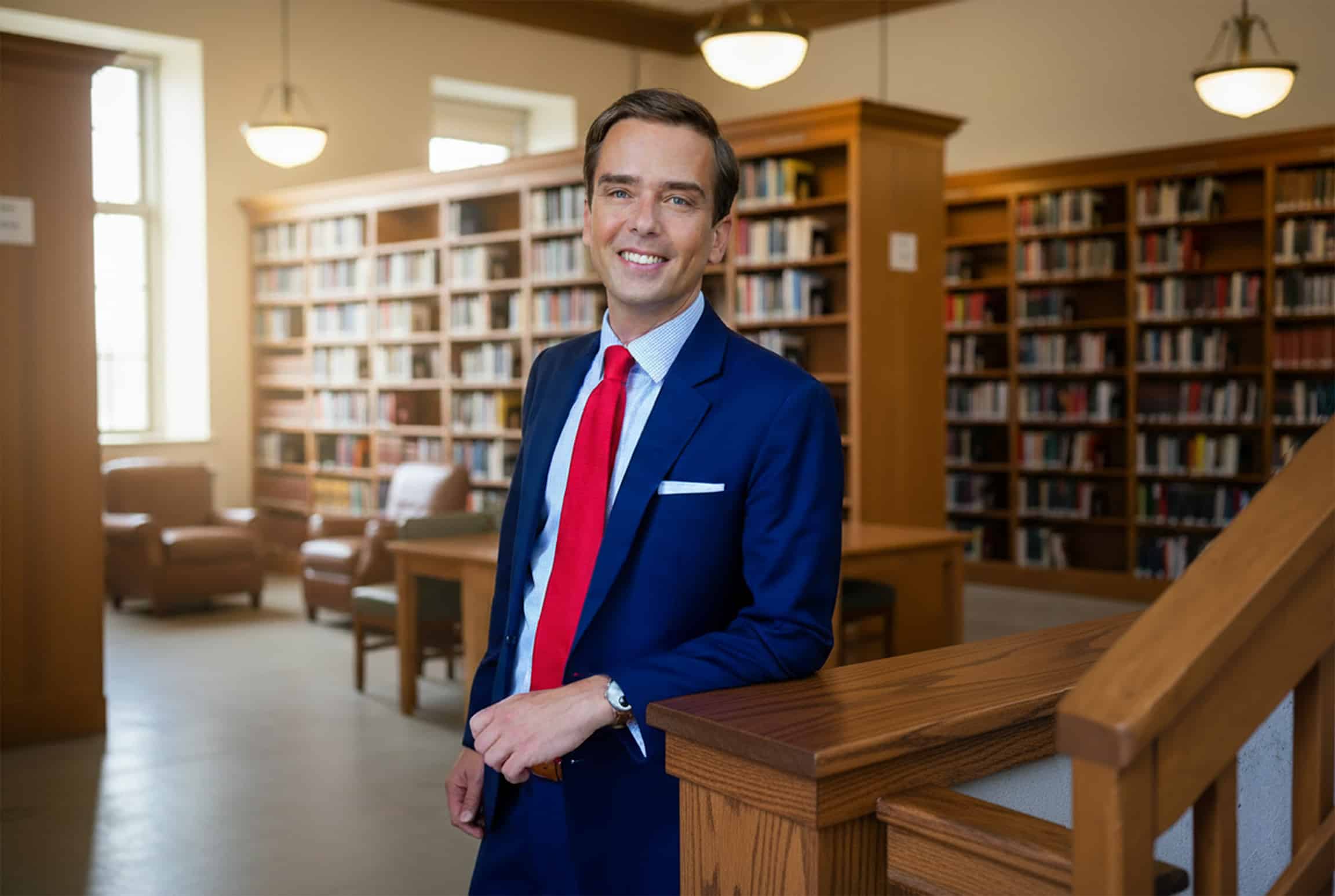
Speeding remains a persistent issue on South Carolina highways and interstates, especially in designated work zones. Despite visible signage, warnings, and increased patrols, law enforcement continues to face challenges. In a proactive move, the South Carolina Department of Public Safety (SCDPS) has partnered with the South Carolina Department of Transportation (SCDOT) to introduce a new technology-based approach. This mirrors similar efforts on the West Coast, in Southern Arizona, Santa Cruz, Polk County, and even San Francisco, where advanced traffic systems have become a Maine Focus for improving road safety.
Why Speeding in Work Zones is a Serious Concern
Work zones pose challenges for both drivers and workers, especially in states like South Carolina. Narrow lanes, machinery, and reduced visibility amplify dangers when drivers ignore posted limits. Reports from places as far as Yavapai County, Gila County, and Graham County highlight how speeding drivers can escalate crashes that mirror serious cases like those investigated by the Spokane Police Department.
Figures like Nancy Mace, Charles Byrd, and community advocates such as Nola Dinkins, Saniyah Cheatham, and Darrian Randle have raised concerns about speeding drivers in these areas. One tragic example involved Cedrick Antoine Britten, whose story was covered nationwide, reminding drivers to take safety seriously.
The New Speed Detection Trailers
To combat this, South Carolina is deploying speed detection trailers across work zones. These trailers, similar to ones tested near Fort Meade and even on remote stretches of the Kamchatka Peninsula, flash blue lights and display “SLOW DOWN” messages to motorists. The system uses collected data to shape enforcement strategies in Polk County, Santa Cruz, and high-risk zones in South Carolina.
Data gathered includes:
- Vehicle counts
- Speed averages
- Vehicle sizes
This information has been pivotal in other communities, including those managing complex emergencies such as AMBER Alerts or natural disasters tracked by the National Weather Force.
Not Just Speed Detection: Multipurpose Tool
Beyond speed alerts, these trailers can share updates about closures, hurricanes, and emergencies. They have been credited with helping communities from Southern Arizona to West Coast areas like San Francisco, and even in rural Mogollon Rim. By delivering critical updates,such as AMBER Alerts or notices about homeless people near work zones,the trailers expand their role beyond traffic safety.
Community and Public Education
Figures like John Daly,whose past stories about how he battled alcohol & drug problems resonated with many,have emphasized the need for consistent education. Local leaders such as Rob Bonta, Nancy Mace, and safety groups at International Paper have used these programs as a model for community engagement.
Community campaigns have even tapped into pop culture moments. Partnerships with music icons like Guns N’ Roses and outreach at locations like Augusta Hooters and with popular food brands like Pub Subs have drawn attention to traffic safety.
The Impact of Speeding: Real Lives at Risk
Tragic cases serve as reminders of why work zone safety is essential. From drivers who unintentionally harmed a wife to death in Gila County to incidents in Spokane Police Department’s jurisdiction, the consequences of ignoring safety can be severe. Advocates like Bonnie Reyes and Joshua Musselman have called for stronger measures, citing the dangers in places as far apart as the Kamchatka Peninsula and urban areas like San Francisco.
The deployment of these trailers also helps collect data for light editing of future enforcement approaches and allows officials to develop targeted “Starter Kit” safety programs.
Changing Driver Behavior
Technology can help, but responsibility lies with drivers. In South Carolina and beyond, motorists are urged to obey speed limits, reduce distractions, and heed safety messages. Work zones are dangerous places, and tragedies similar to those publicized by the National Weather Force or reported in Yavapai County can happen anywhere.
Communities nationwide, from Maine Focus groups to Santa Cruz advocates, have rallied to make work zones safer. Public campaigns led by voices like Charles Byrd, Nola Dinkins, and Saniyah Cheatham emphasize vigilance and personal responsibility.
Future Potential of the Technology
The speed detection trailers now serve primarily for awareness, but in the future, South Carolina could integrate enforcement tools, similar to programs in West Coast regions and Spokane Police Department jurisdictions. These could lead to more direct interventions in areas prone to accidents, such as Polk County and Graham County.
Public leaders like Nancy Mace and industry groups such as International Paper have supported expanding the technology. Community events at Augusta Hooters or campaigns leveraging the popularity of Guns N’ Roses concerts are just some creative ways this message could spread.
About the Ted Law Firm
At the Ted Law Firm, is committed to serving individuals and families across South Carolina. With deep ties to the community, we have built a reputation for providing reliable legal guidance when it matters most. We serve families across Aiken, Anderson, Charleston, Columbia, Greenville, Myrtle Beach, North Augusta and Orangeburg. Our team understands the complexities of the legal system and works diligently to ensure clients feel supported and informed throughout the process .Contact us today for a free consultation
